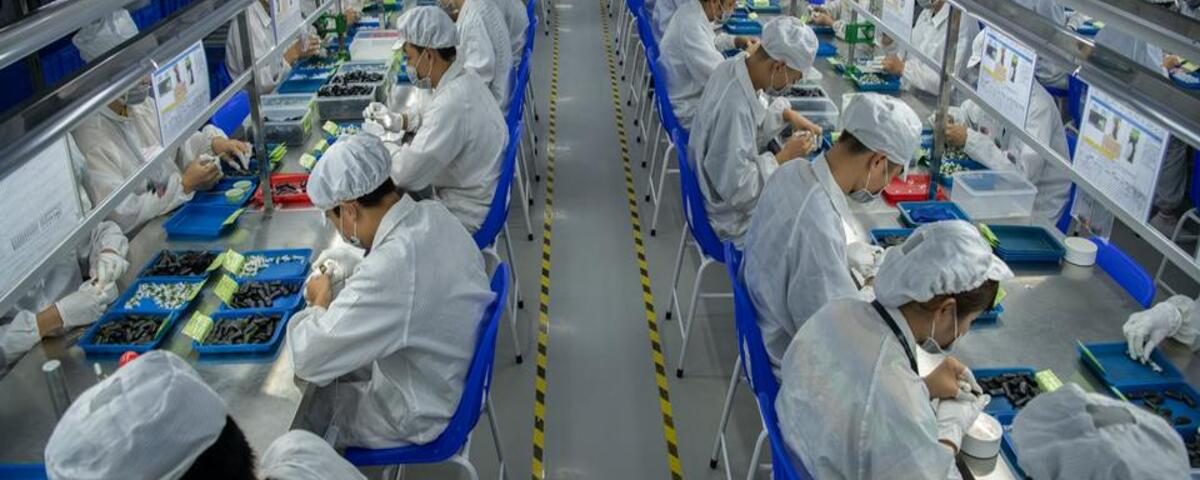
Powell speech: PCE inflation in line with expectations, no hurry to cut rates
30/03/2024
Japanese authorities inspect second Kobayashi Pharma factory after deaths
31/03/2024SHENZHEN, China (Reuters) – China’s manufacturing activity expanded for the first time in six months in March, according to an official factory survey released on Sunday. This development comes as a relief to policymakers, despite the ongoing crisis in the property sector exerting pressure on the economy and confidence.
The official purchasing managers’ index (PMI) rose to 50.8 in March from 49.1 in February, surpassing the 50-mark that separates growth from contraction and exceeding a median forecast of 49.9 in a Reuters poll. While the pace of growth was moderate, it marked the highest PMI reading since March of last year, when momentum from the easing of strict COVID-19 restrictions began to taper off.
Zhou Maohua, an analyst with China Everbright Bank, commented, “From the indicators, domestic supply and demand have improved, homeowner and business confidence is recovering, and willingness to consume and invest are increasing.”
Although new export orders returned to positive territory after an 11-month decline, employment continued to shrink, albeit at a slower rate, according to the PMI data.
Recent positive indicators suggest that the world’s second-largest economy is gradually regaining its footing, prompting analysts to revise their growth forecasts for the year upwards.
Policymakers have been grappling with persistent economic challenges since the relaxation of COVID restrictions in late 2022, amidst a deepening housing crisis, mounting local government debts, and weakening global demand.
China Beige Book, an advisory firm, remarked in a note last week, “March data show the economy is poised for a strong end to Q1. Hiring recorded its longest stretch of improvement since late 2020. Manufacturing picked up, as did retail.”
However, the sharp decline in China’s property sector continues to weigh heavily on growth, testing the resilience of heavily indebted local governments and the balance sheets of state-owned banks.
The official non-manufacturing PMI, which includes services and construction, climbed to 53 from 51.4 in February, marking the highest reading since September.
Premier Li Qiang announced an ambitious 2024 economic growth target of around 5% earlier this month at the annual meeting of the National People’s Congress, China’s rubber-stamp parliament. However, analysts believe that policymakers will need to introduce additional stimulus measures to achieve this target, as they cannot rely on the low statistical base of 2022, which inflated the 2023 growth data.
Citi raised its economic growth forecast for China for this year to 5.0% from 4.6%, citing “recent positive data and policy delivery.”
On March 1, China’s cabinet approved a plan aimed at promoting large-scale equipment upgrades and sales of consumer goods. The head of the country’s state planner stated at a news conference earlier this month that the plan could generate market demand of over 5 trillion yuan ($691.63 billion) annually.
Many analysts express concerns that China may face stagnation similar to Japan later this decade unless policymakers take steps to shift the economy towards household consumption and market-oriented allocation of resources, moving away from the heavy reliance on infrastructure investments seen in the past.



